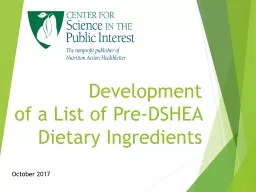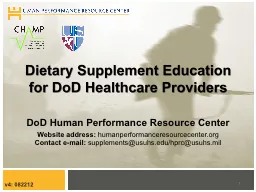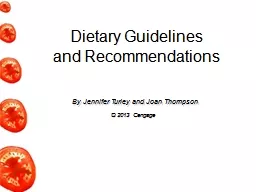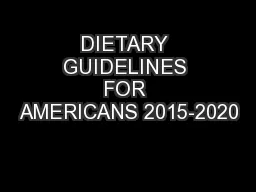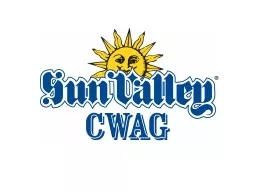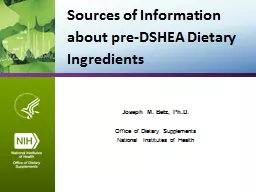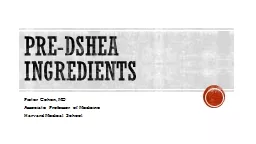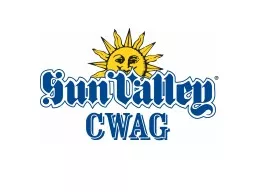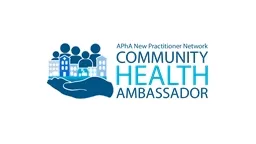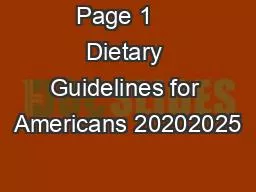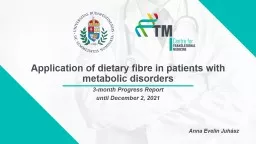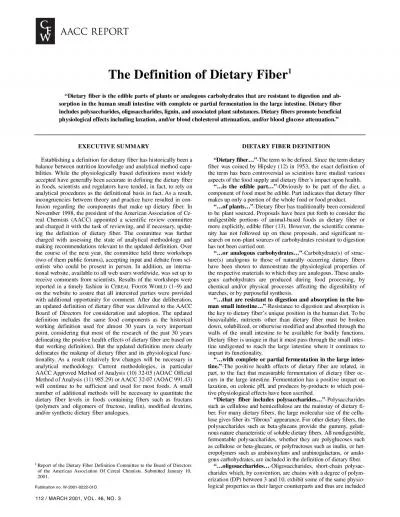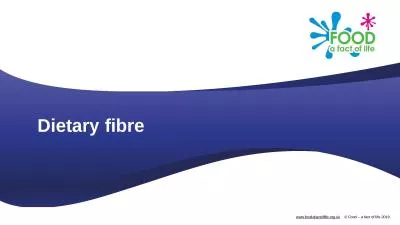PPT-Development of a List of Pre-DSHEA Dietary Ingredients
Author : celsa-spraggs | Published Date : 2018-11-04
October 2017 Is this a safe harbor Or a rabbit hole 2 FDAs resources including inspections and oversight are dwarfed by the size and scope of the DS industry Already
Presentation Embed Code
Download Presentation
Download Presentation The PPT/PDF document "Development of a List of Pre-DSHEA Diet..." is the property of its rightful owner. Permission is granted to download and print the materials on this website for personal, non-commercial use only, and to display it on your personal computer provided you do not modify the materials and that you retain all copyright notices contained in the materials. By downloading content from our website, you accept the terms of this agreement.
Development of a List of Pre-DSHEA Dietary Ingredients: Transcript
Download Rules Of Document
"Development of a List of Pre-DSHEA Dietary Ingredients"The content belongs to its owner. You may download and print it for personal use, without modification, and keep all copyright notices. By downloading, you agree to these terms.
Related Documents

